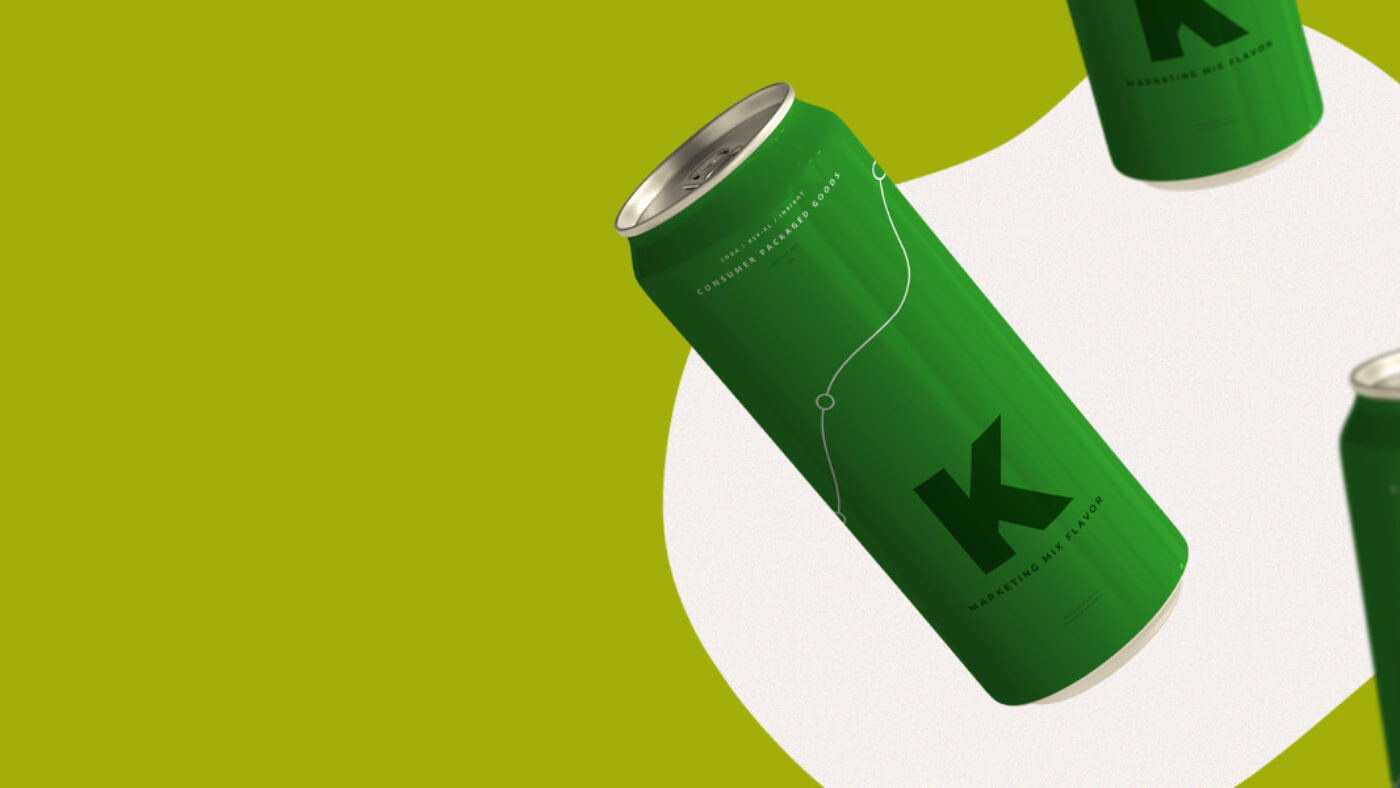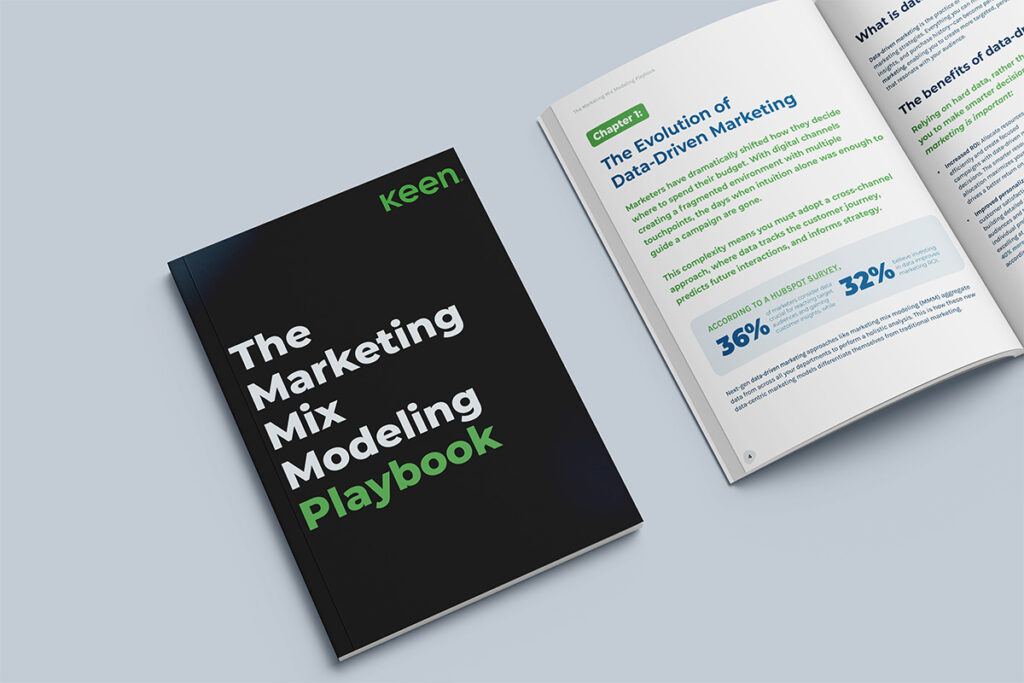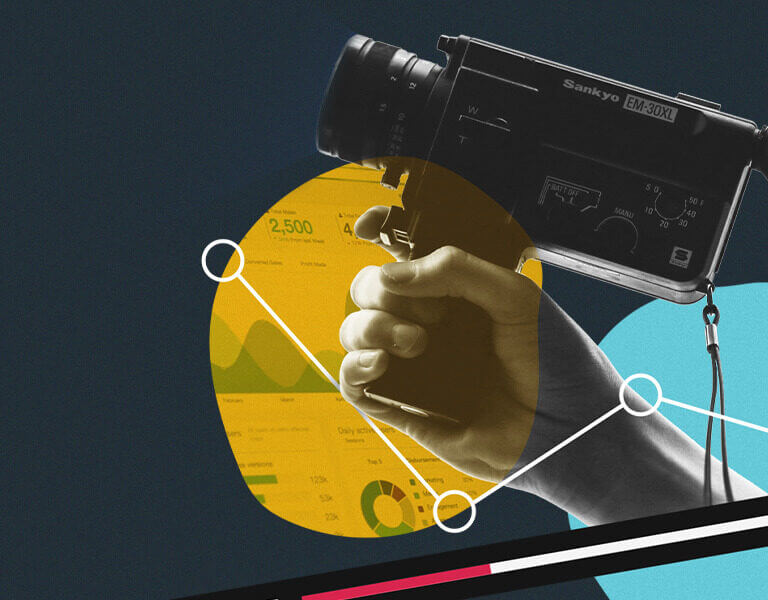On October 27, I will have the privilege of moderating a roundtable for Keen Decision Systems at the ClickZ Data Summit: “Finding the Human Touch in a Digital World.”
As we set our sights on the horizon of 2022 I think it’s worth taking stock of some of the technology-enabled changes afoot for CPG companies, as they adapt and respond to digital transformation–accelerated by a global pandemic. There are many, but for today I’d like to focus on these four:
- CPGs Get Small
- Home Delivery Accelerates
- Marketing Planning Gets Smarter
- Merchandising Goes Automated
CPGs Get Small
If imitation is the highest form of flattery then the popular and profitable challenger brands should be quite flattered by recent attention from such CPG powerhouses as Unilever, P&G and others.
Search engine marketing company, Tinuiti, writes in its blog post, “The 7 Biggest CPG Industry Trends & Tactics For Brands”: “The consumer packaged goods (CPG) industry has evolved rapidly to meet consumer demands thanks to digital technology that has allowed brands to carve out markets by selling directly to customers, from online ordering and delivery to personalized meal kits and more.”
In some instances CPGs are trying to launch their own “small brands.” But the more popular route, it seems, is via acquisition. According to Kyle Byers, co-founder of Exploding Topics and GrowthBadger, “Since 2015, CPG Unilever has acquired dozens of companies — including many DTC brands. Like Dollar Shave Club (for $1 billion in 2016), Schmidt’s Naturals (for an undisclosed amount in 2017) and UK-based Graze (for £150M in 2019).”
Kellogg purchased RXBar, while Campbell Soup bought the organic soup brand Pacific Foods to target millennials, according to Forbes.
And another path is taking existing brands direct-to-consumers. Byers points out that “Last May, PepsiCo announced two new websites to do exactly that: PantryShop.com and Snacks.com. And their DTC sales nearly doubled in Q3.”
The growth in e-commerce capabilities catalyzed by the pandemic ushered in a slew of new DTCs, and as a result DTC online sales grew to an estimated $17.75 billion in the U.S. last year. Attractive for its margins, DTC also removes previous barriers between brands and their customers.
Home Delivery Accelerates
E-commerce also is raising consumer expectations for faster, easier home delivery, a trend that’s gained momentum as more consumers spend more time at home.
Amazon and Walmart, for example, have launched CPG marketplaces to capitalize on changes in consumer behavior. And even convenience stores have gotten in on the game, with GoPuff promising delivery in minutes for everything from toilet paper to soda, according to Byers.
Marketing Planning Gets Smarter
“Data has truly come of age in the CPG world,” Tinuiti reports. “Brands want intelligence and insights into market potential and opportunities that will enable them to grow sales exponentially. Only analytics and insights can do that. Expect to see a more data-driven 2022.”
The CMO Survey also suggests inevitability in the trend toward the use of predictive analytics saying, “Expectations for future AI and machine learning use are even higher and are predicted to increase ~20% in the next three years;” this despite lower-than-anticipated adoption in the past.
Keen clients tell us they’re adopting a triangulated approach to marketing planning, one that starts and ends with their internal team of experts who sit closest to the brand, the business and the customer. To prevent that proximity from leading to a myopic approach, brand leaders also rely on their media-buying agencies with their media insights.
And the third, but increasingly essential leg of the stool is predictive analytics like those offered by Keen. Keen’s platform ingests a brand’s existing sales, financial and marketing data to build forward-looking models so marketers can “war-game” the optimal allocation of dollars across all channels and weeks of their plans. Its Bayesian modeling approach (for you statistics fans) delivers reliable guidance even with sparse or poor quality data.
As Yasso Greek Frozen Yogurt CMO Andy Judd explains, “When every dollar is so important, there is an even deeper belief structure that every dollar has to be working; in reality, a little higher non-working investment in analytics often will net you better results.”
Merchandising Goes Automated
Mischelle Rebello, writing for Bizom, suggests, “CPG businesses allocate significant portions of their budgets and resources to merchandising.”
The lack of accessible technology has made tracking and monitoring merchandising at the outlet level a manual process, which as with all manual work is time-consuming and error-prone.
And of course, such processes fail to facilitate reliable intelligence or insights that brands can use for business intelligence and process improvement.
The development of intelligent retail lab (IRL) technology and sophisticated tracking mechanisms are enabling both brands and retailers like Walmart to harness the power of AI to monitor share of shelf more efficiently.
“Coupled with auto replenishment systems, brands can work out a sales strategy that will enable them to exceed their sales targets,” Rebello explains.
The focus of our conversations in October will be on engaging leaders from top brands like Nestle, Ericsson and Johnsonville to share their experiences, priorities and challenges in embracing this technology revolution and ensuring that greater access to data leads to stronger strategies and a more automated, iterative execution.





